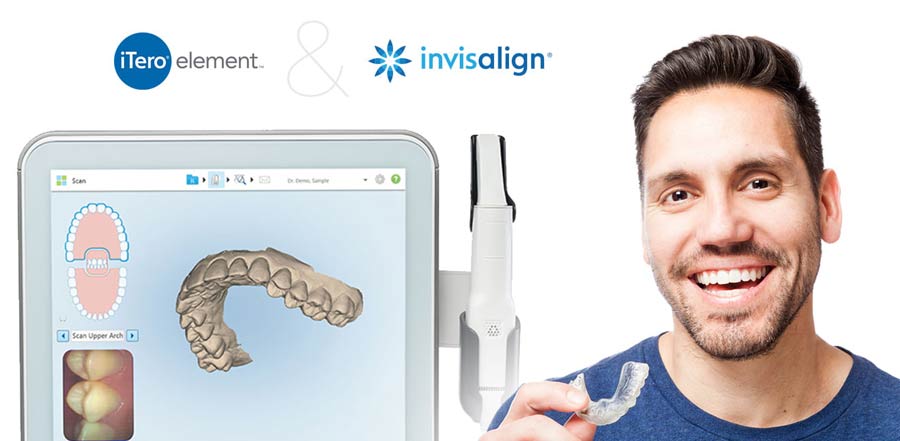Orthodontist in South Florida
Anybody looking for Orthodontist in South Florida needs to consider Lakes Orthodontics. That is imperative because nowadays expertices has taken a back seat to price. But just like it is unlikely that you will contract a electrocian to fix your phone you shouldn’t hire a dentist or see a general dentist when you‘re looking for Orthodontist in South Florida.
Orthodontist in South Florida
Dentists and orthodontists have lots of similarities. For starters, they can both be dentists. They both spent thousands in collages to secure a bachelor degree in dentistry. They deal with the oral hygiene of their patients. An orthodontist is capable of providing the same care as a general dentist but a general dentist is not able to provide the same quailty of care as an Orthodontist. So there are many main differences between a dentist vs a dentist.
An orthodontist is required to undertake additional schooling in comparison to a dentist. This is done for him/her to become a specialist dentist in orthodontics. This is similar to a doctor having to get additional schooling to become a surgeon. A general dentist completes a general dental degree. An orthodontist, alternatively, has to finish this same dental degree along with getting a specialist degree which takes an additional three years.
A dentist offers an array of services including repairing teeth and dental cleaning. A dentist can provide gum care, fillings, and whitening teeth. He or She is able to perform oral care to veneers, crowns and bridges. An orthodontist is a an authority in jaw and teeth alignment. Orthodontic treatment assists in straightening teeth.
Another distinction between a dentist and an orthodontist is the fact dentists send patients with assorted dental problems to orthodontists. Dentists are not able to offer orthodontic care. Cases including fitting braces and Invisalign, teeth alignment, improving an overbite or under bite ought to be sent to an orthodontist.
A dentist can detect and treat diseases in the teeth, and gums. She or he provides dental services to clients of all ages. An orthodontist annalyse and treats bad bites, crooked teeth, and poorly aligned jaws. They offer this care to clients spanning various ages.
In the dental industry, different services are provided by a dentist versus an orthodontist. You should go to an orthodontist for orthodontic care, which shouldn’t be provided by a dentist who is not qualified. And, you ought to visit a dentist for general dental care. Both dentists and orthodontists have important roles in dental care. You should make a knowledgeable decision when choosing which one to visit. Don’t matter what we say it wouldn’t make a lot of sense to believe what any site says is not very samrt and that is why we ask you read our testimonials. A great number of families choose Dr. Carmen Crespi for Orthodontist North Miami Beach Fl over many of local dentist. Nevertheless, if you would like more info about Orthodontist in South Florida please visit at our blog, where you will find many blog areticles on not only best Orthodontist in South Florida, but many of other topics of interest everyone looking to get Invisalign!
Blog Post Realted to Orthodontist in South Florida
Consider This Before Invisalign
Braces are more commonplace in our society than ever before. However, traditional braces are not what most people desire anymore. Fixing your teeth without advertising it [...]
Looking For Braces In South Florida?
Well, you are lucky because Miami Lakes is the hometown of South Florida’s premier orthodontic specialist, Dr. Carmen Briceño Crespi. Her practice, Lakes Orthodontics, is dedicated [...]
How Long Does Invisalign Take?
Before embarking on any orthodontic journey, you will most likely be itching to know when the journey will be over. Whether it be braces or Invisalign, [...]





